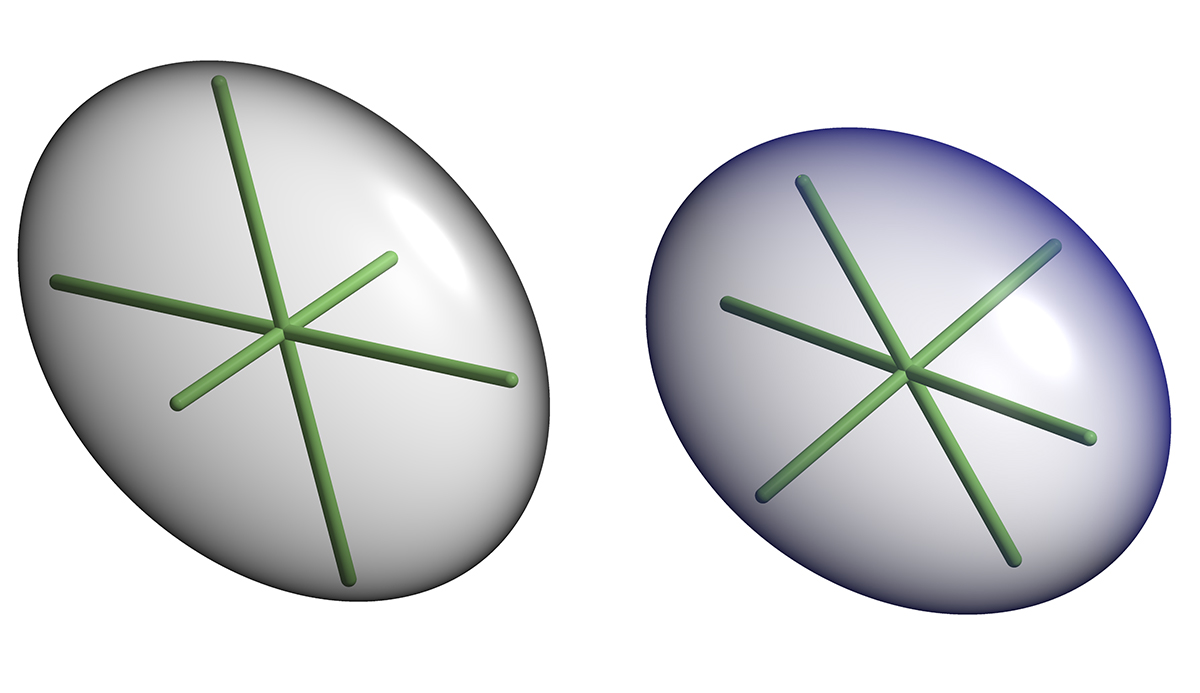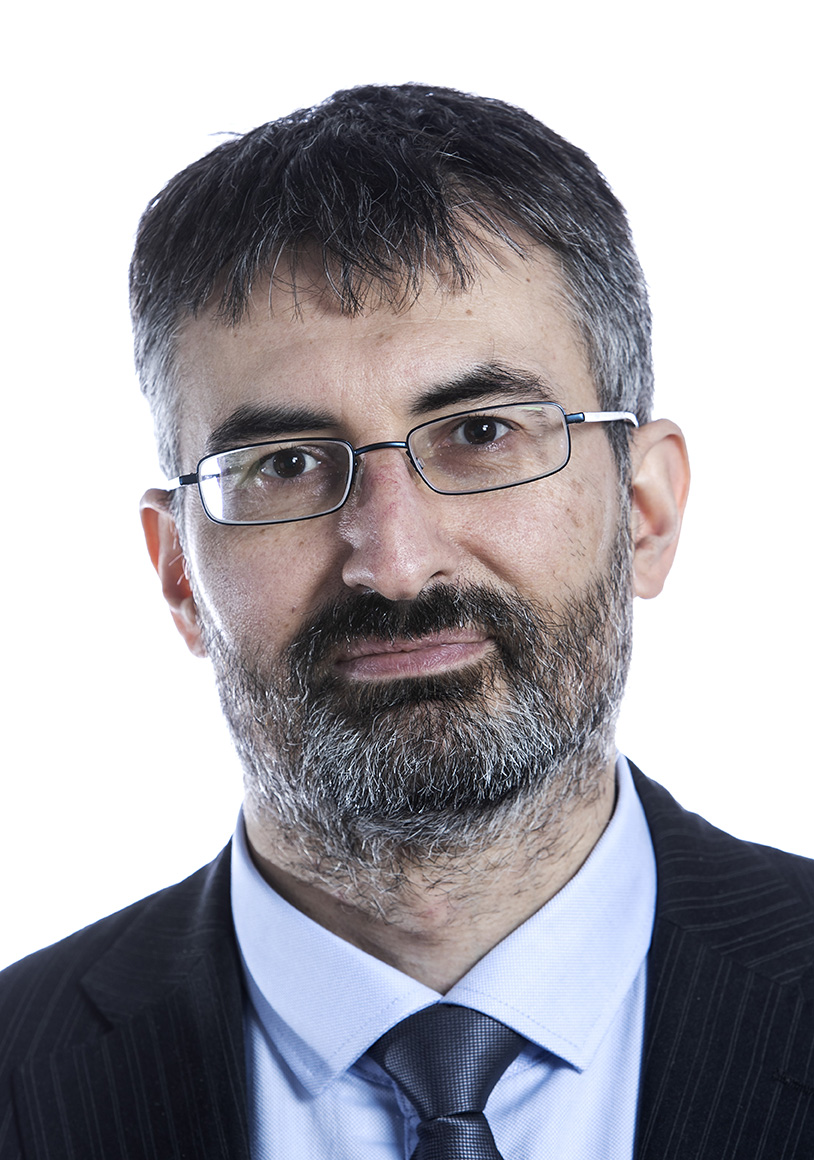- Home
- News and events
- Find news
- First evidence that atomic movements result in structuring of proteins
First evidence that atomic movements result in structuring of proteins

Wave mechanics determine what structure is possible in a protein molecule. This is revealed by X-ray crystallography studies with terahertz technology, which researchers at the University of Gothenburg and Chalmers University of Technology have conducted jointly with German researchers.
“Our studies open the door to much more extensive studies with terahertz radiation on proteins,” says the Principal Investigator, Gergely Katona, a professor at the University of Gothenburg.
Unknown how large protein molecules take shape
Unlike our everyday machines, which are constructed using assembly instructions, large protein molecules are created without either drawings or assemblers.
 “We currently do not know how this process works, and when researchers design new proteins, the process often results in errors. By mastering this process, we would save both time and energy in the design and production of these microscopic machines,” says Katona.
“We currently do not know how this process works, and when researchers design new proteins, the process often results in errors. By mastering this process, we would save both time and energy in the design and production of these microscopic machines,” says Katona.
Important piece of the puzzle found
Now researchers in Sweden and Germany have found evidence that certain atoms move in proteins in a coordinated way.
The researchers have utilised the wave-like properties of terahertz radiation. These oscillations occur at the same frequency as the atoms in protein molecules. When the terahertz irradiation interacts with the protein, certain movements of the molecule are reinforced.
In the experiments, X-rays irradiated bovine trypsin, a crystallised protein that breaks down other proteins. Proteins operating in a similar way activate programmed cell death, blood clotting and the immune system.
“Our method sheds light on how and why proteins fold to form a structure. This knowledge can be used in pharmaceutical research, among other things,” says Viktor Ahlberg Gagnér, lead author of the article in Scientific Reports.
Opens the door for more studies
Terahertz radiation occupies the space in the electromagnetic spectrum between microwaves and infrared light.
“Our role at Chalmers involved the technology itself and supported the practical experiments,” says Jan Stake, a professor at Chalmers.
Future studies aim to describe how coordinated, rapid movements orient parts of the molecule so that they generate its final structure. With their new article, the research team also demonstrates how non-ionising electromagnetic radiation affects proteins.
 “Because of the fact that we are constantly exposed to electromagnetic radiation in today's society, this research is important. In addition, by using a clustering method we describe in the article, we explore a new possibility for unaided computer based data analysis,” says Gagnér.
“Because of the fact that we are constantly exposed to electromagnetic radiation in today's society, this research is important. In addition, by using a clustering method we describe in the article, we explore a new possibility for unaided computer based data analysis,” says Gagnér.
Link to the article: www.nature.com/articles/s41598-019-55777-5
Contact: Viktor Ahlberg Gagnér, doctoral student, Department of Chemistry and Molecular Biology, University of Gothenburg, +46 (0)735-611535, viktor.ahlberg.gagner@gu.se
Scientific Reports is a scholarly journal on research methods and techniques.
https://www.nature.com/srep/
Figure caption: X-ray crystallography reveals atomic positions in the form of ellipsoids in a protein structure.